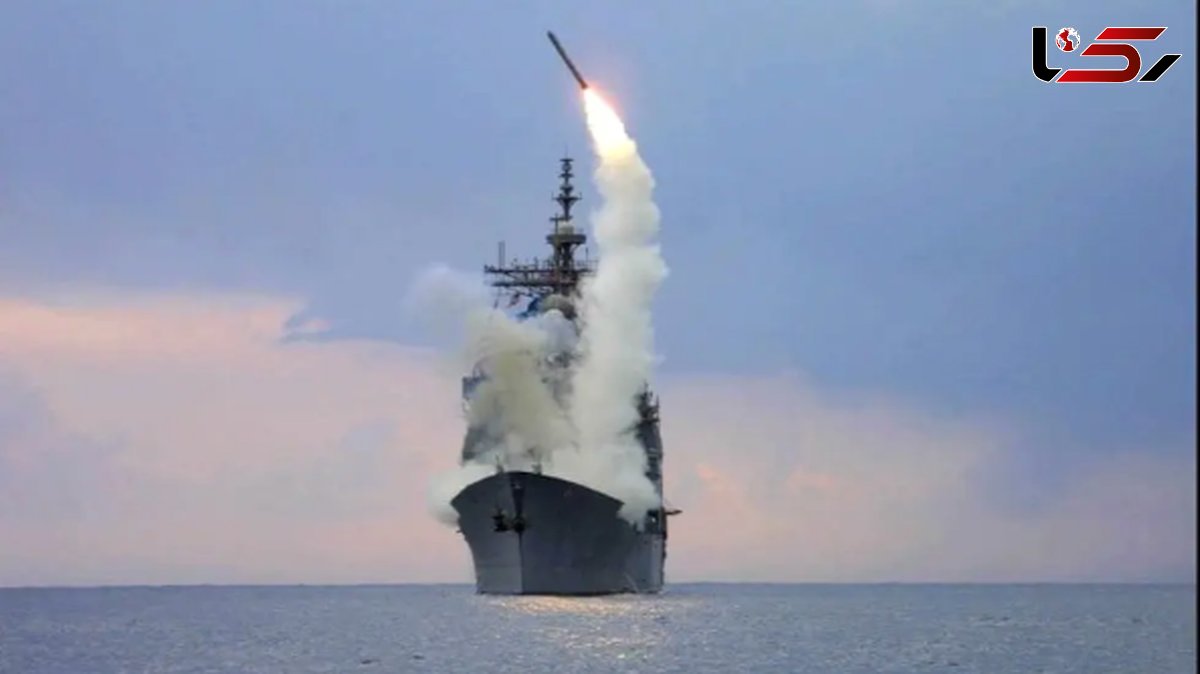“Behind Closed Doors at the White House: Will Tomahawk Missiles Shift the Balance in Ukraine War?”
Rokna Politics Desk: The White House is reportedly considering sending long-range Tomahawk missiles to Ukraine — a move that could alter the war’s strategic balance and elevate tensions with Russia. Technical hurdles and opposition within the Pentagon, however, are complicating the decision.

Just weeks after Trump’s conciliatory meeting with Vladimir Putin in Alaska, the Biden administration is weighing a controversial policy shift: transferring Tomahawk cruise missiles to Kyiv. Russian President Putin has denounced the proposal as “an entirely new phase of escalation.” The Tomahawks in question are capable of striking deep inside Russia, marking a significant departure from Kyiv’s prior arsenal.
Strategic Congruence Without Draining U.S. Stockpiles
Analysts suggest the plan dovetails with U.S. aims while helping Ukraine pressure Russian oil infrastructure — all without greatly depleting American missile reserves. Vice President J.D. Vance confirmed Washington is “reviewing” missile sales to Ukraine, a request that, according to reports, Ukrainian President Zelensky recently made. The Wall Street Journal reports that the U.S. also plans to share intelligence enabling long-range strikes on Russian energy targets. Thinkers such as Brian Clark (Hudson Institute) and Mark Cancian (CSIS) argue the missiles could bolster Ukraine’s ability to degrade Russia’s energy revenues and strengthen Kyiv’s offensive edge.
Ukraine’s drone campaigns have successfully cut Russia’s refinery output by as much as 20%, putting pressure on Moscow’s energy budget. That effort aligns with Trump’s strategy of reducing Europe’s dependence on Russian oil. But drones, powerful as they are, lack the destructive reach of a Tomahawk. In August, Ukraine deployed a new domestically built missile named Flamingo, loosely akin to a Tomahawk, but only in limited numbers. Clark argues that the difference in firepower is stark.
Cancian observes that the U.S. still maintains large stockpiles of Tomahawks, given their long history of production. Under the 2025 budget, the Pentagon procured additional missiles; it's conceivable — he argues — that up to 200 Tomahawks could be earmarked for Ukraine. Older missile batches may allow for this without jeopardizing U.S. readiness.
A Strategic Crossroad: Aid Ukraine or Retain Weapons for China
Clark notes that as many of America’s stored Tomahawks approach the end of their operational life, it might make sense to transfer them to Ukraine rather than let them degrade unused. Meanwhile, newer systems such as the Navy’s SM-6 or the Air Force’s JASM missiles exist but are produced in far smaller volume.
Still, supplying Ukraine with long-range strike missiles is far from straightforward. The main resistance comes from within the Pentagon, where officials argue that the U.S. cannot spare even a single Tomahawk. This summer, the Defense Department temporarily halted some arms transfers after reviewing stock levels — a decision reportedly directed by policy chief Albright Kelby, who has long advocated prioritizing readiness against China. Cancian emphasizes that Tomahawks remain among the most coveted long-range weapons that the U.S. might need in a future Indo-Pacific conflict — especially over the Pacific.
The White House may choose to override these concerns, just as Trump once restarted arms transfers after a hold. Another hurdle: Tomahawks were originally designed for sea launch, complicating their use by Ukraine. The U.S. Marines had experimented with ground launch systems before cancelation, and the Army is still in early stages of developing terrestrial Tomahawk launchers.
Clark remains optimistic that Ukraine might adapt interim solutions, pointing to Kyiv’s success retrofitting Harpoon missiles for ground launch. He notes that Russia’s reaction will be a key factor — although Clark expects the escalation to be limited. He argues that Ukraine already strikes deep into Russian territory with existing weapons, so supplying Tomahawks would simply give Kyiv a new method of attack rather than a fundamentally new capability.
Send Comments